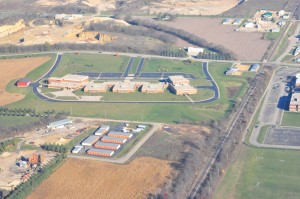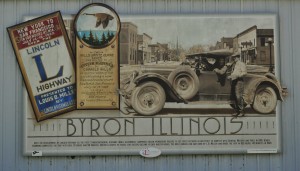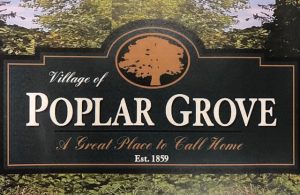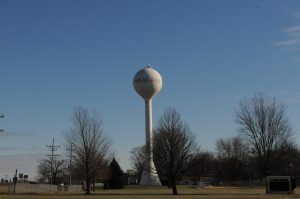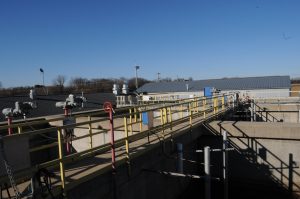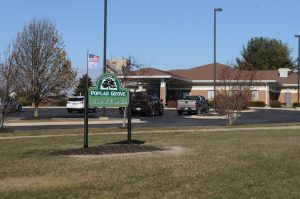Avon, IL / Bushnell, IL / Byron, IL / Carthage, IL /
Dallas City, IL / Hinckley, IL / Oglesby, IL / Peru, IL / Poplar Grove, IL Some of our water and/or wastewater clients include: The year is 1865, the last year of the Civil War. “Well, here it is,” said a Kenosha businessman who made it to the place now known as Oglesby. He was setting up operations in the untouched area south of the Illinois River.
Our experience allows us to grow
We operate all over Illinois, in rural communities that include 10 homes up to communities of over 10,000.
Avon, IL
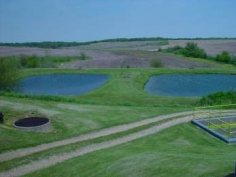
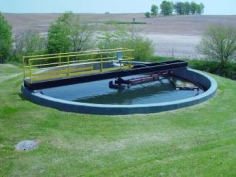
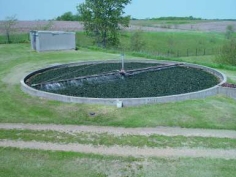
The Village of Avon, located in Fulton County, had a population of 815 as of the 2016 Census. Avon was named “Woodsville” from 1837 to 1843. In 1843, the town became big enough to ask for a post office. The name was then changed to “Woodstock”. On April 4, 1852, the United States Postmaster General gave the town the name of “Avon” to avoid confusion with another community in McHenry County, IL. Avon was once a thriving town, due in part to the railroad industry, by serving as a method of transporting cattle to the slaughterhouses in Chicago and also as a stop between Chicago and Quincy.
The Avon Wastewater treatment facility is an Imhoff trickling filter plant with final clarifier along with a two cell polishing pond. The Water treatment facility contains 3 shallow wells incorporating iron removal filters. The water is transferred through 2 high-service pumps transferring the water from a 20,000 gallon ground storage unit to both a 100,000 and a 50,000 gallon elevated storage tank system.
Bushnell, IL
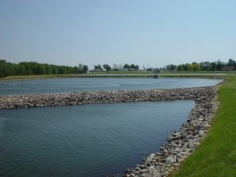
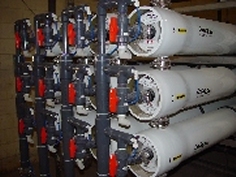
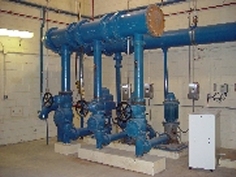
The Bushnell Wastewater treatment facility is a .5MGD Facility. The Wastewater Facility is a dual lagoon which contains a two-cell aerated lagoon with a rock filter. The West Lagoon contains a Bar Rack along with a 3-Pump Dry Well Lift Station. The Water treatment facility contains 3 deep wells the run approximately 1500ft. each. The water is treated using a G.E. Osmonics Reverse Osmosis process, then passes over an aerator to remove hydrogen sulfide gas. The water flows from the aerator to a 200,000 gallon ground storage tank and is then pumped to a new elevated storage tower using three high service pumps. Currently our 300,000 gallon elevated storage tower serves the needs of Bushnell’s population.
Byron, IL
Byron’s wastewater treatment plant is located on Byron’s southeast side and has been in operation for nearly 70 years. Effluent is discharged to the Rock River adjacent to the plant and permitted through the Illinois Environmental Protection Agency NPDES discharge permit. The plant utilizes much of the original infrastructure along with the addition of new tanks and equipment constructed by the City to increase redundancy and capacity.
Carthage, IL
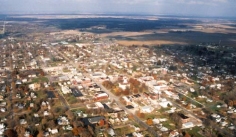
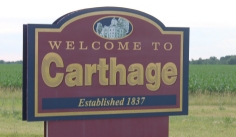
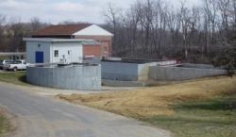
The Carthage water treatment facility is a .250 MGD Water Treatment Facility. The Wastewater Facility is a primary aerated lagoon. It has a secondary lagoon for retention.
Dallas City, IL
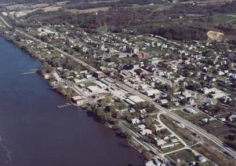
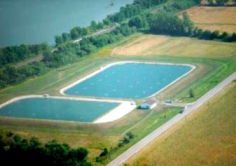
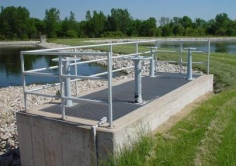
The Dallas City Wastewater treatment facility is a .5MGD Facility. The Wastewater Facility is a 2 stage aerated dual lagoon. With rock filtration the finished product is then discharged into the Mississippi River.
Hinckley, IL
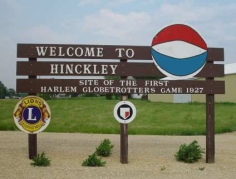
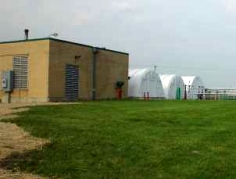
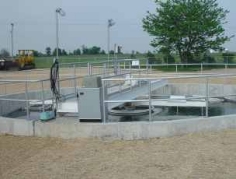
Hinckley’s Water Treatment Plant has the capability of producing over 0.8 MGD of softened water through an Ion Exchange System that is designed to remove Radium from groundwater. Water is stored in a 300,000 gallon elevated storage tank.
The Wastewater Treatment Plant was expanded in 2014 to increase capacity from 0.2 to 0.5 MGD. The expansion replaced an outdated fixed film RBC biological process with a computer-controlled Biological Nutrient Removal activated sludge system designed by Aero-Mod. The expansion also includes a belt filter press to dewater biosolids, and an ultraviolet light disinfection system. The expansion project has won 2 awards from the EPA in 2015.
Oglesby, IL
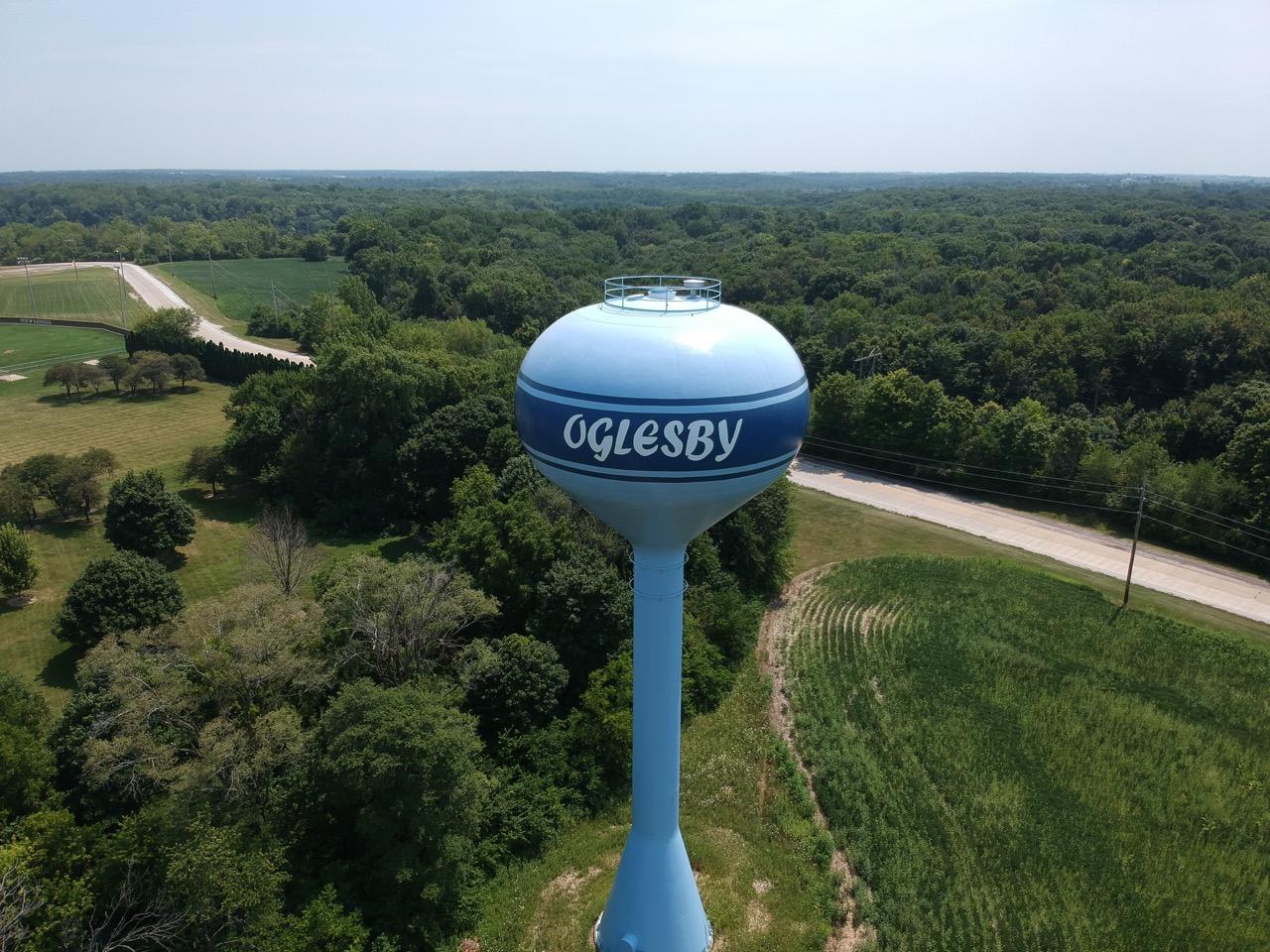
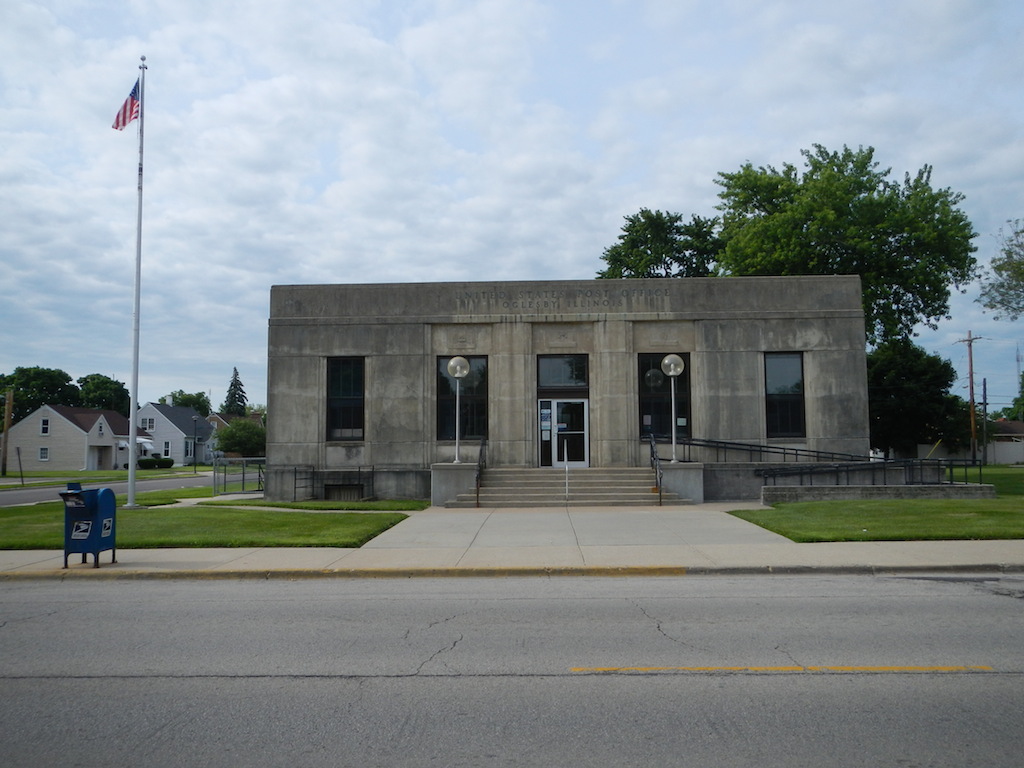
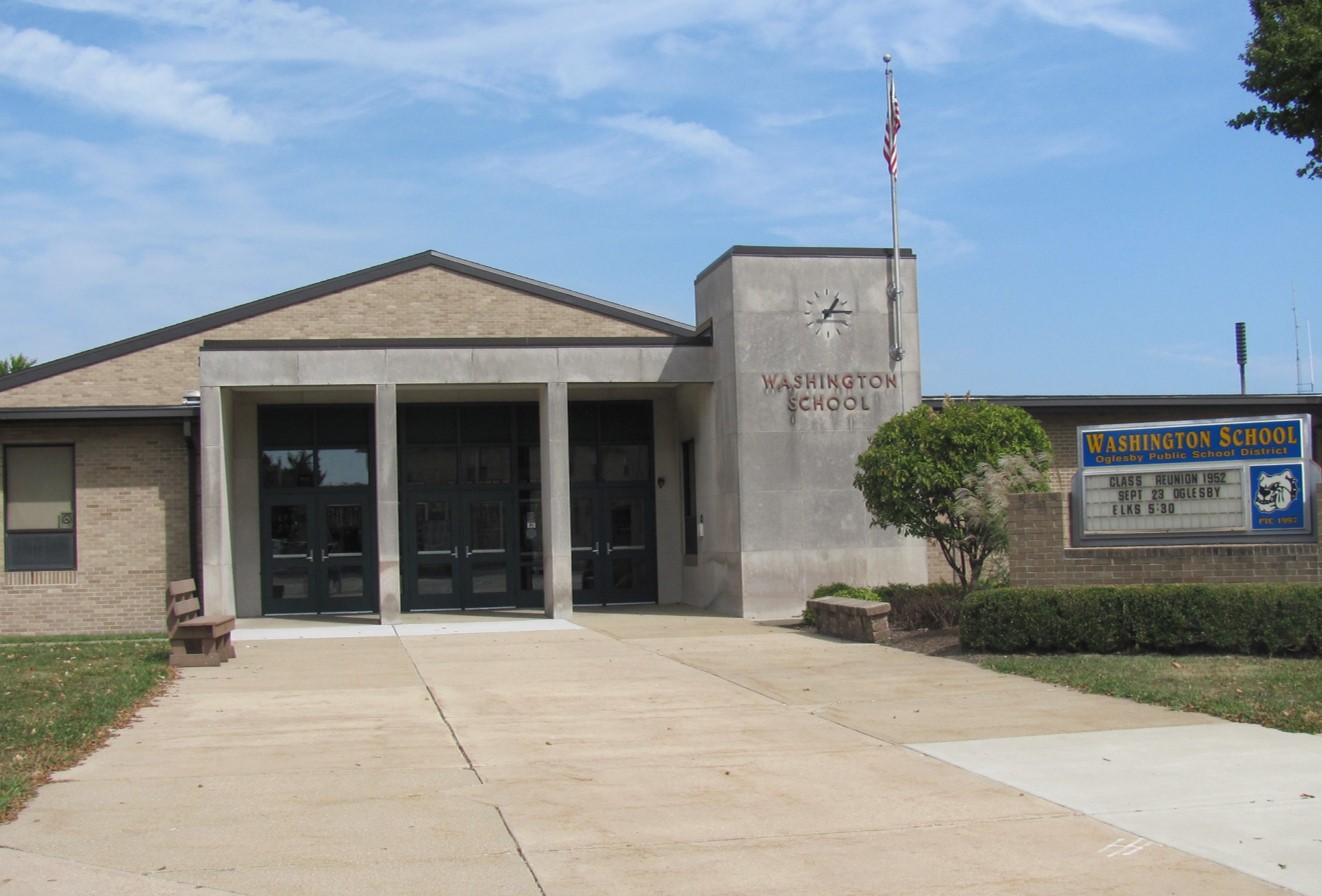
Peru, IL
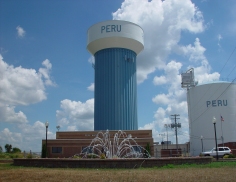
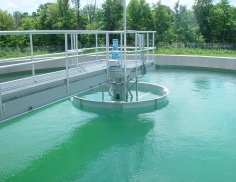
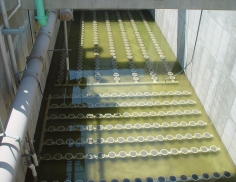
The Peru Wastewater facility currently receives residential, commercial, and industrial wastes. The facilities’ processes include bar screening, grit removal, secondary treatment, and chlorination. The secondary treatment is provided by two 1.5 MGD Walker Process contact-stabilization, activated sludge units. This activated sludge process converts dissolved organic materials which are consumed by micro-organisms into cell mass. Excess cell mass (sludge) must be removed periodically. The sludge removed from the secondary treatment units is treated by a process called aerobic digestion. When the sludge is stabilized by this process, it is then ready for ultimate disposal.The City of Peru currently maintains three aerobic sludge digestion units. Two of these units are provided with the Walker secondary process units and hold 174,285 gallons each. A third digester is also located on site and consists of a converted, circa 1939, anaerobic digester. The cover was removed from this unit, and a “sparjar” aerator installed in 1969. This digester’s capacity totals 337,480 gallons. The Peru facility therefore is capable of treating 686,050 gallons of aerobic sludge at once. The two smaller digester attached to the Walker secondary units are utilized in the daily wasting of sludge. The frequent air shutdown, settling, and decanting associated with the wasting procedure occurs in these units.
Poplar Grove, IL
Poplar Grove is a village located in Poplar Grove and Belvidere Townships, Boone County, Illinois. It is part of the Rockford Metropolitan Statistical Area. The population was 5,023 at the 2010 census, up significantly from 1,368 at the 2000 census. Poplar Grove was named in 1845 for a grove of poplar trees near the original town site. The post office has been in operation since 1848. Poplar Grove Airport (C77) is a small general aviation airport located in Poplar Grove. The airport was founded in 1972 as Belvidere Airport and renamed in 1994. It is located 3 miles south of Poplar Grove . It is the home of the Poplar Grove Vintage Wings and Wheels Museum and BelAir Estates, a residential fly-in neighborhood. Visit the official Poplar Grove website at: http://villageofpoplargrove.com/
The Poplar Grove Wastewater facility currently receives residential, commercial, and industrial wastes. The North Wastewater Plant is designed to treat a daily average flow of 0.50 million gallons per day and a design maximum flow of 1.25 million gallons of influent per day on a treatment basis consisting of Sequential batch reactors (SBR). The South Wastewater Plant is designed to treat a daily average flow of 1.0 million gallons per day and a design maximum flow of 2.5 million gallons of influent per day on a treatment basis consisting of Sequential batch reactors (SBR).
